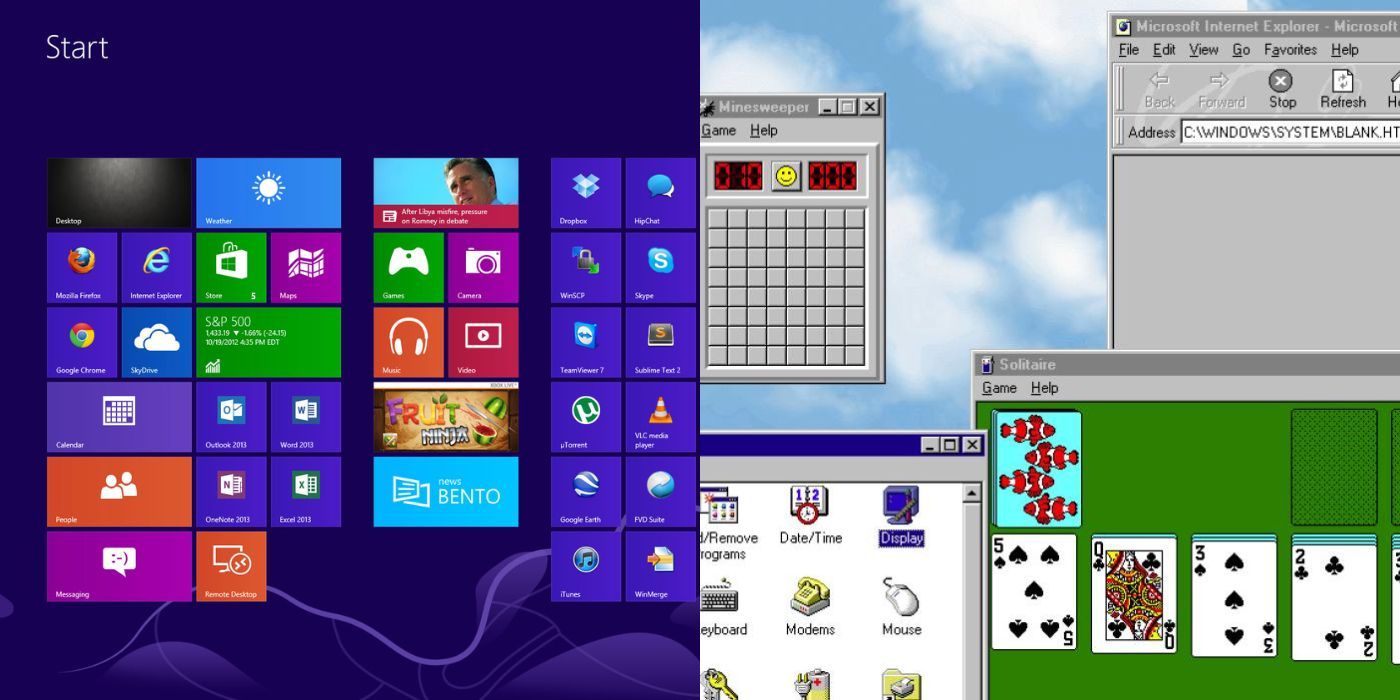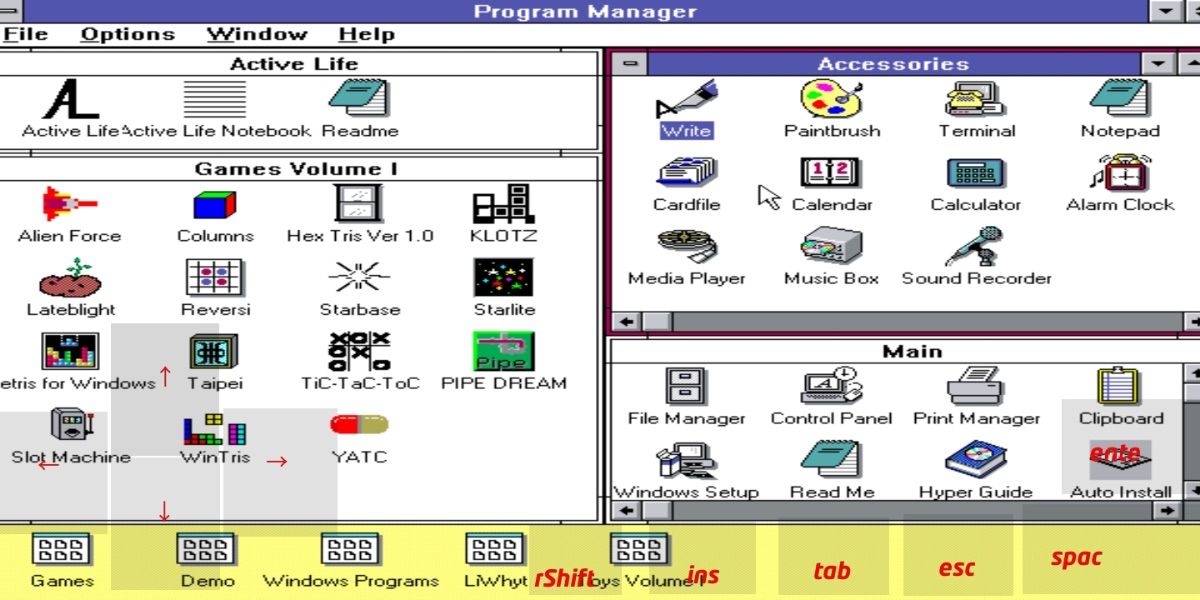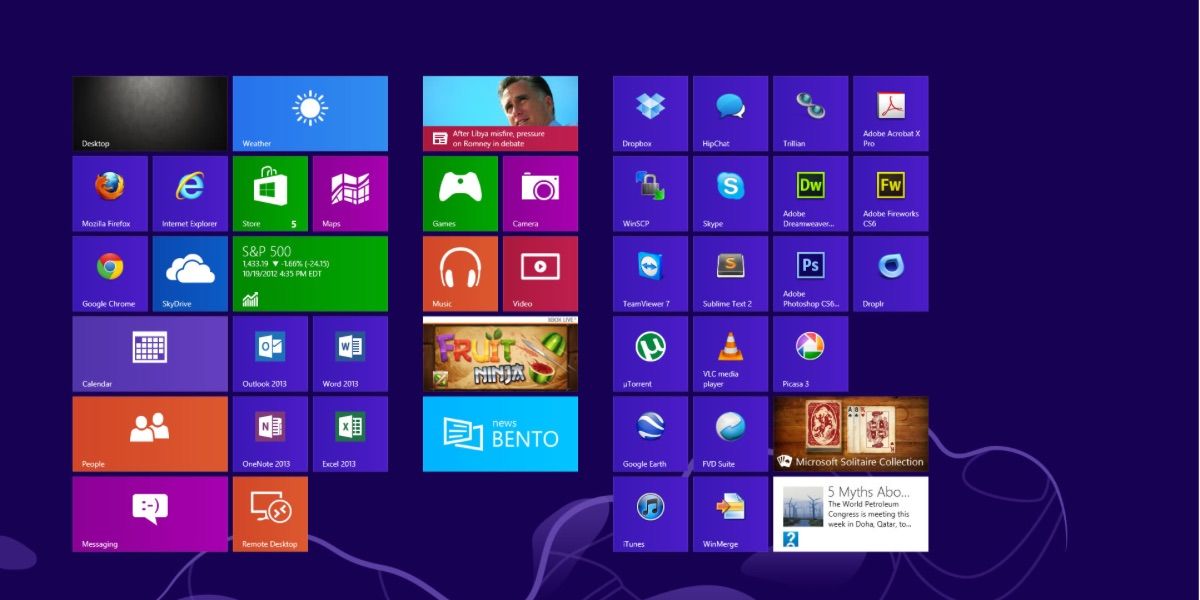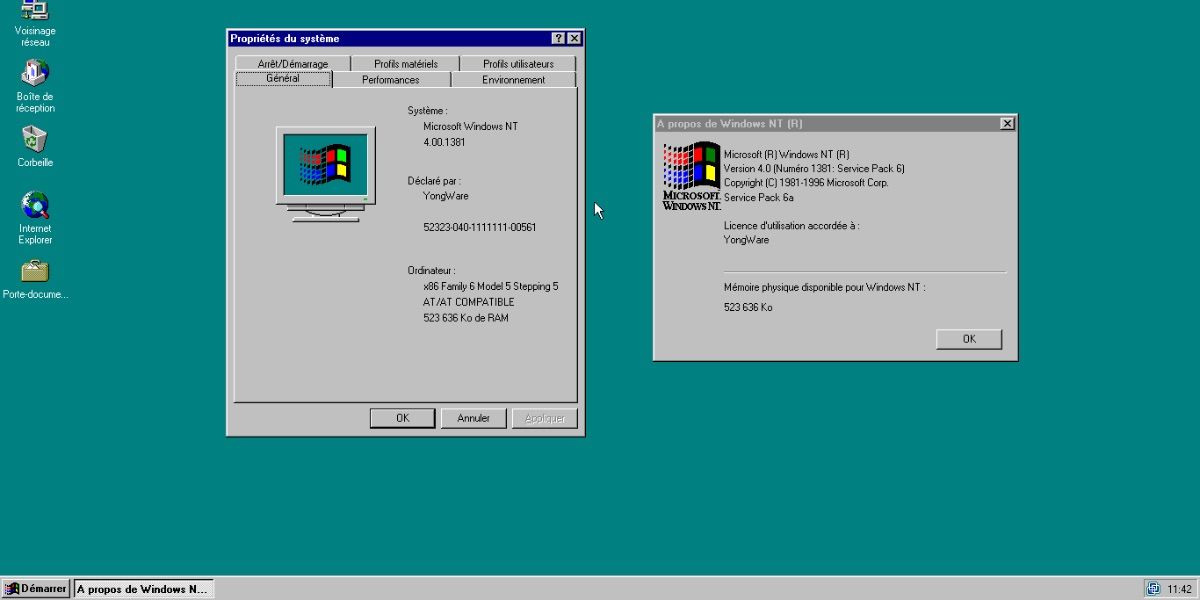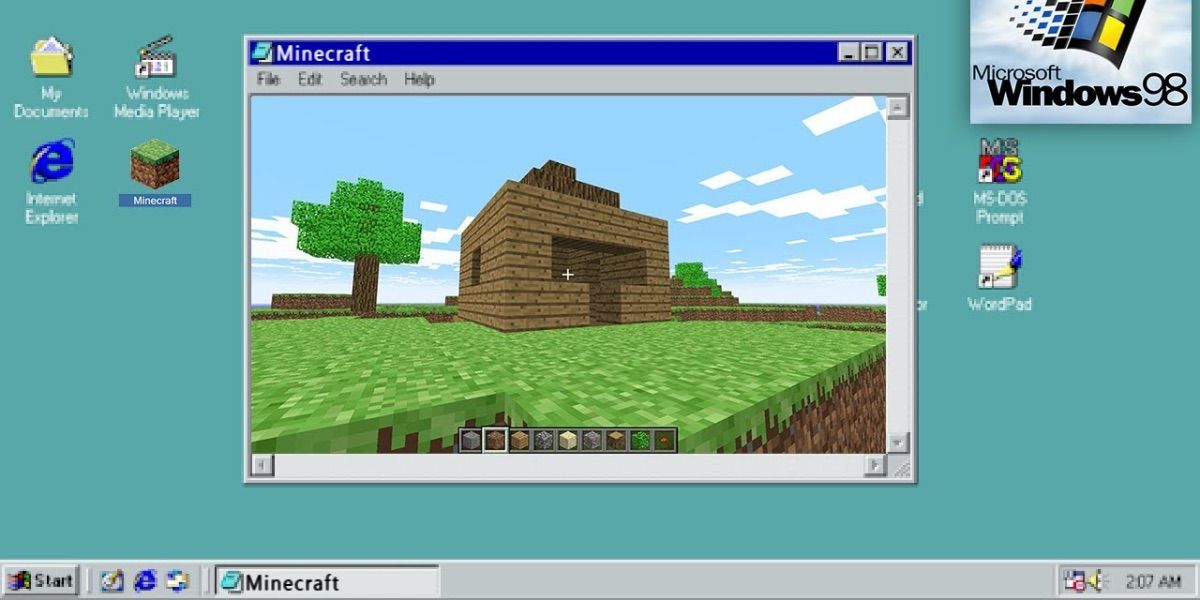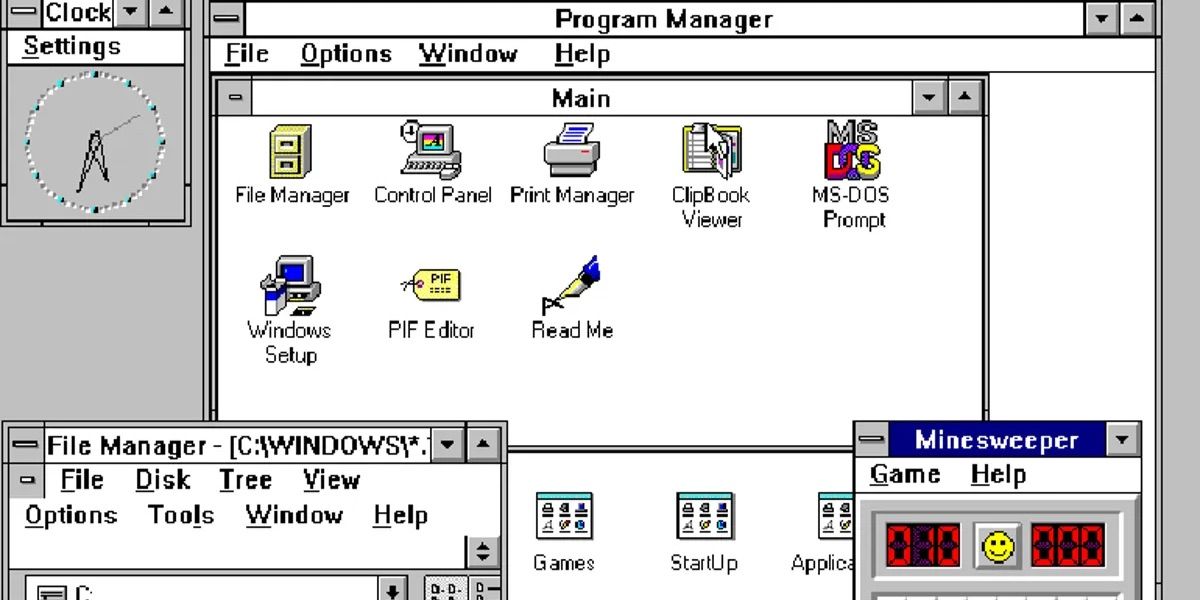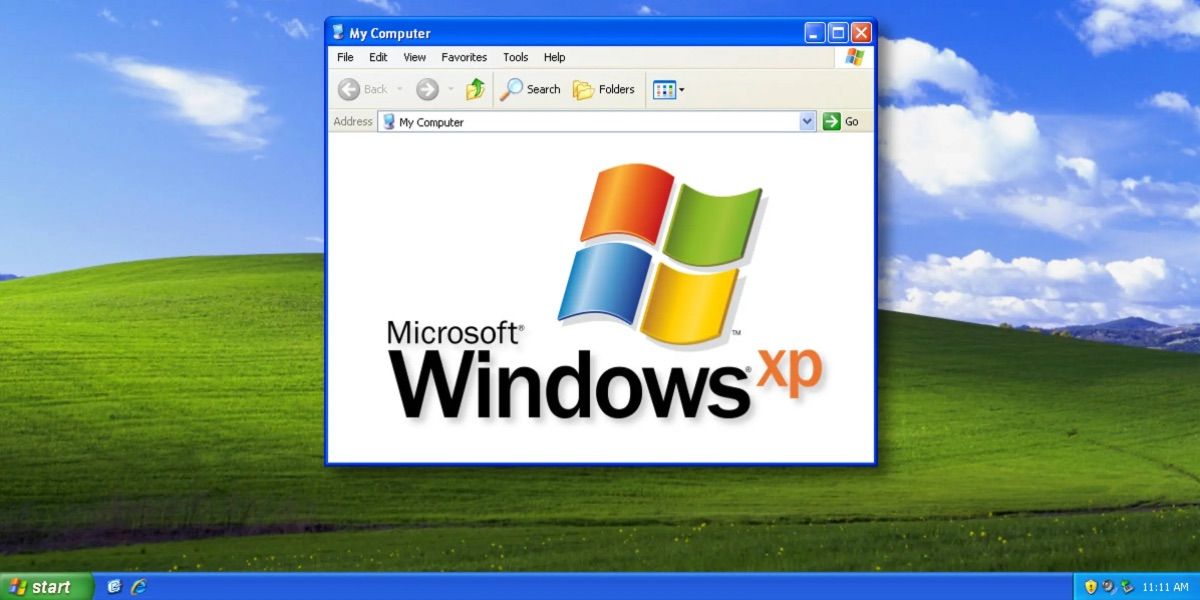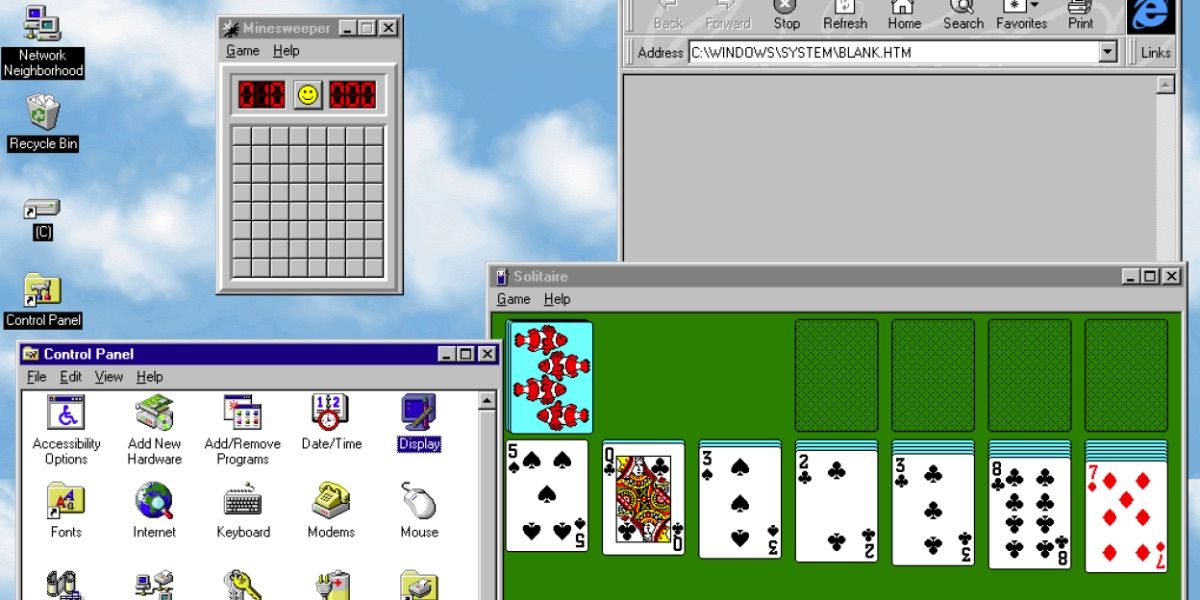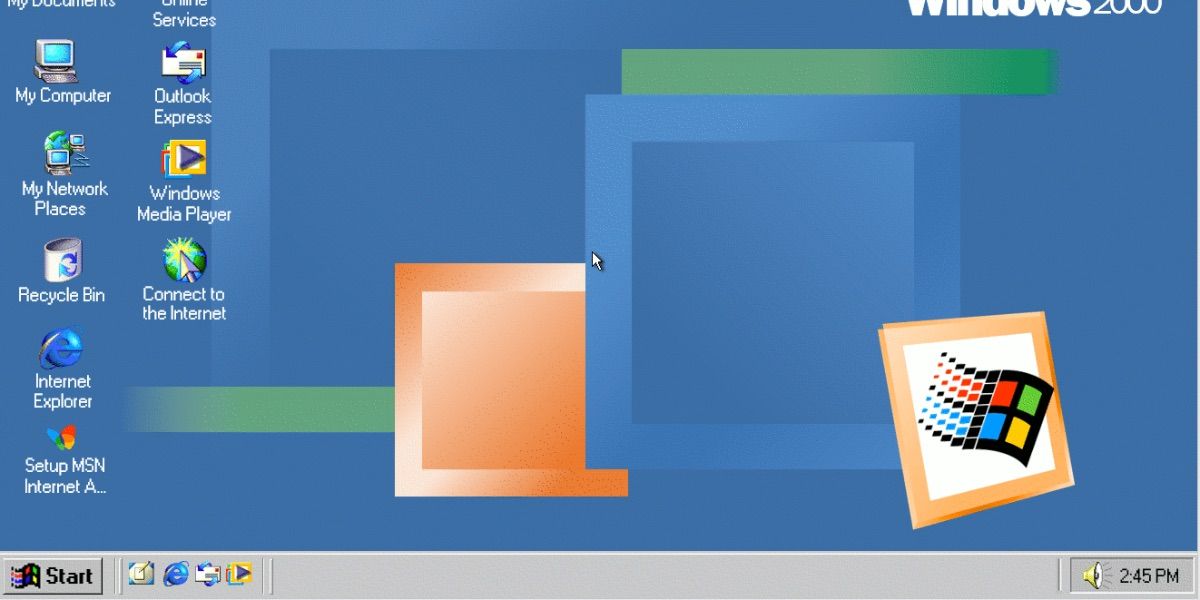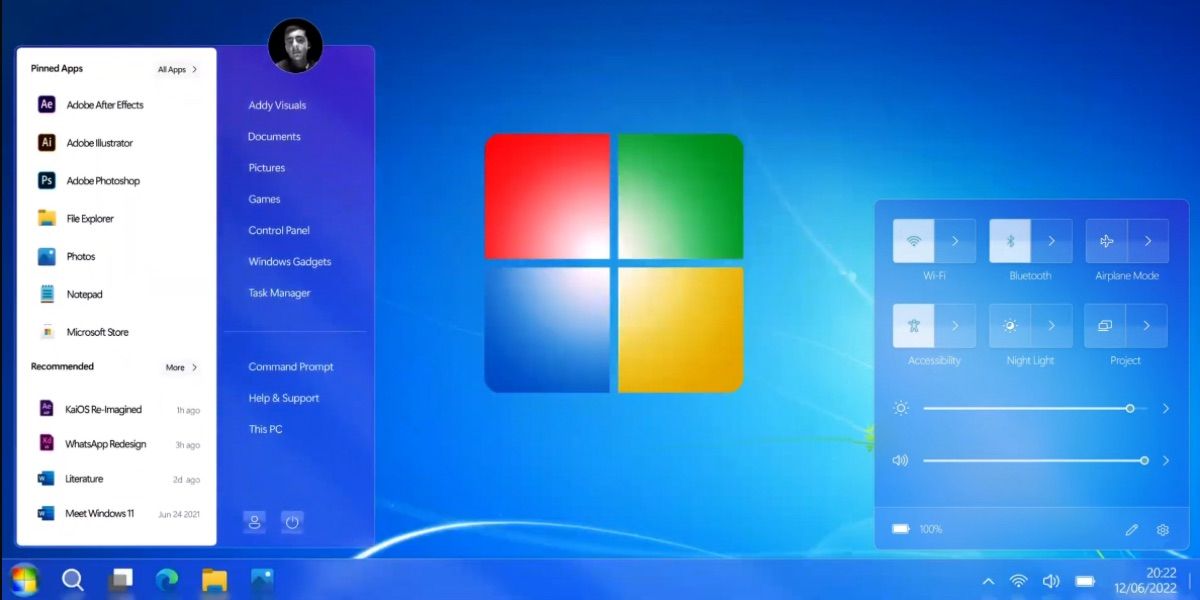With Microsoft finally adding much-requested features to Windows 11, like a Task Manager link in the Toolbar, more users are considering making the jump to Microsoft's latest operating system. Throughout the years, Microsoft has released several versions of Windows, with users loving some updates more than others. Although different people might prefer one version over the other, there is some consensus among users and fans regarding which Windows updates were objectively "good" for their time.
While going through the various Windows updates, factors such as innovation, reliability, impact, and legacy need to be kept in mind. There may not be an objective answer to the question of "which Windows OS is best," but there are clearly front runners.
Windows 3.0 (1990)
Windows 3.0 fixed a lot of problems that persisted in the previous versions of the operating system while also consolidating the confusing naming scheme that Windows had opted for before this. One of the best things about Windows 3.0 was its compatibility with low-end computers working on 8088s to high-end ones with 386 CPUs.
Windows 3.0 also introduced a completely different 3-D shaded GUI with icons designed by the legendary Susan Kare. One extra bonus was also the inclusion of one of the most popular classic games of all time, Solitaire.
Windows 8 (2012)
While Windows 8 didn't please everyone, it was probably the most innovative update to the OS since Windows 95. While trying to adapt to a world moving toward touchscreens, Microsoft made a gamble with this hybrid OS which could work on both tablets and desktops.
The result might not be well-liked by most of the user base, especially with Microsoft ditching the Start button, but this was solved with Windows 8.1. One more thing to consider is the inclusion of a lot of underlooked safety and security improvements over Windows 7, which is always welcome.
Windows NT 4.0 (1996)
Windows NT 4.0 was the perfect marriage between stability and user interface, although this OS was more designed for businesses and academics than casual consumer use. This version of Windows adopted the stability of the 32-bit Windows NT kernel and the user interface of Windows 95.
This version of Windows was so stable that some tasks can still be performed on it if users are willing to forego modern UI and security benefits, comparable to playing a modern game with vintage graphics. Users were so reluctant to switch from this version that some businesses used Windows NT 4.0 till the early 2000s.
Windows 98 SE (1999)
Windows 98 was probably the most popular and widely adopted version of Windows to date. It added a better interface and flexibility to the already outstanding innovations introduced in Windows 95. Windows 98 was also considered great for gaming because of its support of DOS and Direct X-based titles, which also include classic arcade-style games.
The "SE" version was released in 1999, which added some features, including better USB support, and this was also a big reason why so many people skipped the Windows Me version.
Windows For Workgroups 3.11 (1993)
Not many people might remember Windows 3.11 and its subsequent update in 1993, but it added native networking support to the already existing popular features such as TrueType font support, multimedia support, document embedding with OLE, and of course, Minesweeper.
The addition of native networking support made this version a beast for small businesses and consumers up until Windows 95 was released, which eventually proved a bit more popular.
Windows 10 (2015)
There was a lot riding on Windows 10, especially after the general disappointment from Windows 8. The launch of Windows 10 was not the best; built-in advertising and forced updates were just some of the problems to begin with. Retaining some parts of Windows 8 and going back to the Windows roots made this version a solid addition to the Windows lineup.
But over the years, Microsoft listened to the audience and made the OS more mature, stable, and competent. Steady updates made this version the most widely adopted OS with over a billion users. With the exception of Windows 11, which slightly edges it out, Windows 10 is the fastest Windows OS/operating system to date and is still a great choice for almost every user.
Windows XP SP2 (2004)
Windows XP is arguably the most iconic operating system ever. Even if users were not a fan of the default green and blue color scheme, the introduction of the average consumer to rock-solid stability made a large part of the user base unwilling to upgrade from XP.
Most users were moving away from Windows Me and Windows 98, which were not the most stable OSs, especially because the average PC wasn't as powerful back then. But by the time Windows XP was released, the average PC could run it like butter.
Windows 95 (1995)
Windows 95 was a watershed moment for the PC industry, it was the first time when Windows became more usable than Macintosh OS. The addition of the "Start" button, taskbar, file explorer, keyboard shortcuts, recycle bin, file shortcuts, etc. set the tone for future Windows updates, which can be seen even to this day.
Anyone who has used modern Windows can go back and become familiar with Windows 95 without much effort. This version made Windows the must-have desktop OS at the time. This was also the time when some of the best PC games like Roadrash started to become household names.
Windows 2000 (2000)
Windows 2000 did not gain as much mainstream popularity because it was marketed toward professional use. Windows 2000 did not have any of the "flashy" effects and features of Windows Me, but it was a more mature and stable OS that many die-hard fans feel was ahead of its time.
Windows 2000 can be compared to Windows NT in terms of stability but is perfectly usable in homes and even for children.
Windows 7 (2009)
Windows 7 was the big comeback Microsoft was waiting for, especially after the disaster of Windows Vista. Windows 7 fixed most of the problems with Vista, such as stability, running faster on the same hardware, and reduced UAC problems.
The user interface was also refined further to make it less "flashy" and less like a cheap counterpart to OS X. There was no pressure on the user to link their accounts to the cloud, no freemium games, no advertising, and no forced updates. Windows 7 also retained some features like searching from the Start menu and added some features like being able to pin an icon on the taskbar. It may no longer be the newest of fastest Windows OS, but it's still the gold standard for many that await a return to this user-friendly form.

